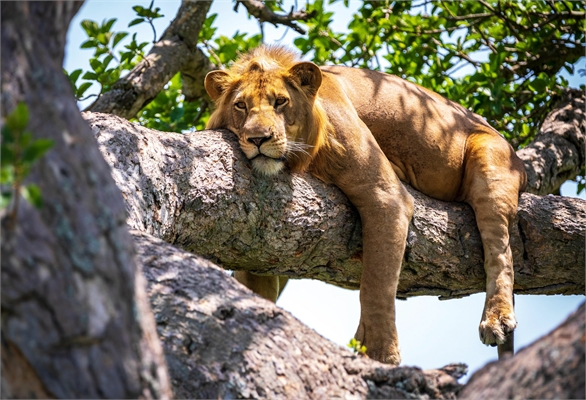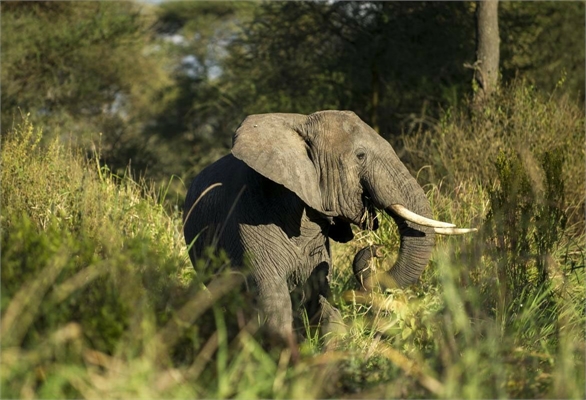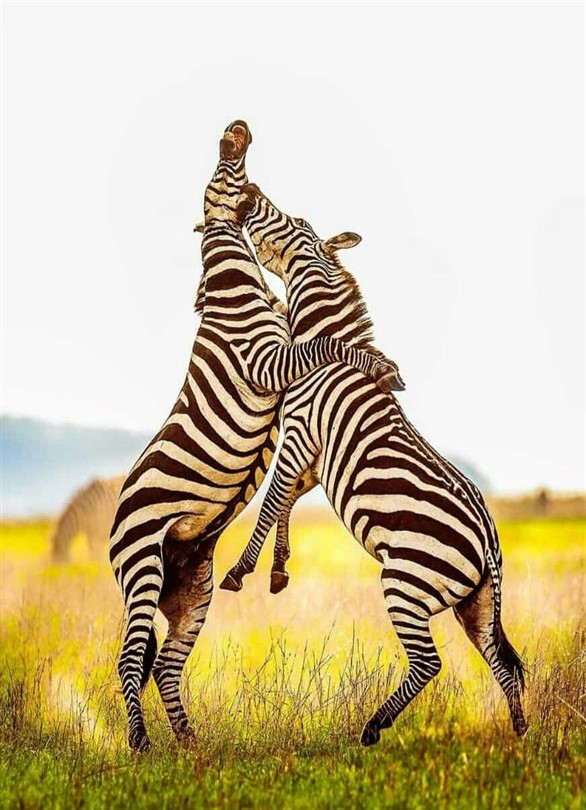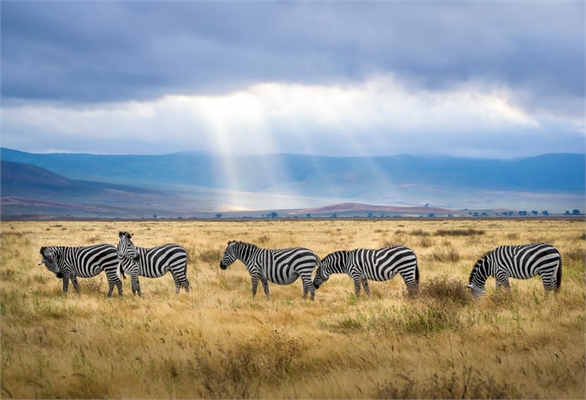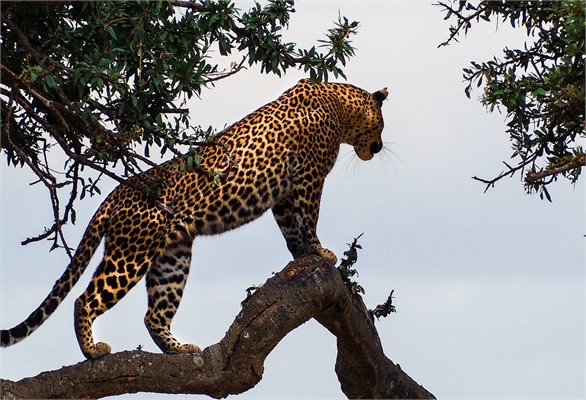Tarangire National Park: A Sanctuary of Giants and Wilderness
Located in northern Tanzania, Tarangire National Park is a hidden treasure that often surprises visitors with its sheer beauty and diversity. Spanning approximately 2,850 square kilometers, it is the sixth-largest national park in the country and a haven for wildlife and breathtaking landscapes. Known for its towering baobab trees, sprawling savannahs, and vast herds of elephants, Tarangire offers a quintessential African safari experience that is as enriching as it is awe-inspiring.
The park derives its name from the Tarangire River, which winds its way through the landscape, providing a lifeline for the ecosystem. During the dry season, when water becomes scarce in the region, the river transforms into a magnet for wildlife. Animals from miles around migrate to its banks, creating dramatic scenes of survival and interaction. The river is not just a source of sustenance but also the pulse of the park, drawing together an extraordinary array of species that depend on its flow.
Tarangire is renowned for its elephants, boasting one of the highest concentrations in Tanzania. These majestic creatures are often seen moving in large herds, particularly during the dry season. Observing a group of elephants, with their playful calves and towering adults, is an experience that leaves an indelible mark. Their presence embodies the essence of the park, a place where giants roam freely and undisturbed.
Beyond its elephants, Tarangire is home to an impressive variety of wildlife. Lions, leopards, cheetahs, and hyenas patrol the plains, while giraffes and zebras gracefully navigate the open spaces. Wildebeests, impalas, and gazelles dot the landscape, constantly on alert for the predators that share their habitat. The park is also a sanctuary for rare species such as the fringe-eared oryx and the gerenuk, known for its long neck and ability to stand on its hind legs to reach higher foliage.
Bird enthusiasts will find Tarangire to be a paradise, with over 550 recorded species. The park’s diverse habitats, from swamps to woodlands, create a rich environment for avian life. Vibrantly colored species like the yellow-collared lovebird and the lilac-breasted roller are frequently spotted, while larger birds like ostriches and kori bustards stride across the plains. Whether you’re an avid birder or a casual observer, the sights and sounds of Tarangire’s birdlife add an extra layer of wonder to your visit.
One of the park’s most iconic features is its baobab trees, which dot the landscape with their enormous trunks and distinct silhouettes. Often referred to as the "trees of life," baobabs play a crucial role in the ecosystem, storing water in their trunks and providing food and shelter for various species. Their ancient presence, some estimated to be thousands of years old, lends a timeless quality to the park, making it feel like a place untouched by the passage of time.
The park’s seasonal patterns add to its allure, offering unique experiences at different times of the year. The dry season, from June to October, is the best time for wildlife viewing, as animals congregate around the river and waterholes. The landscape takes on a golden hue, and the park is alive with activity as predators and prey navigate the challenges of survival. In contrast, the wet season, from November to May, transforms Tarangire into a lush green haven. The rains rejuvenate the vegetation, and migratory birds arrive in abundance, making it a photographer’s dream.
Tarangire is not just a place of natural beauty but also a window into Tanzania’s rich cultural heritage. The Maasai people, who have lived in harmony with the land for generations, are an integral part of the region’s identity. Visitors can learn about their traditions, vibrant attire, and deep connection to nature. The Maasai’s knowledge of the area and its wildlife adds depth to the experience, offering insights into the delicate balance between humans and the environment.
One of the park’s greatest attributes is its relative tranquility compared to more popular destinations like the Serengeti or Ngorongoro Crater. Tarangire’s quieter atmosphere allows for a more intimate safari experience, where the focus is on connecting with the landscape and its inhabitants. Game drives in the park often feel like private journeys, with moments of solitude that heighten the sense of immersion in the wild.
Conservation is at the heart of Tarangire National Park’s story. The Tanzanian government and various organizations have worked tirelessly to protect its ecosystems and wildlife. Anti-poaching initiatives, community engagement programs, and sustainable tourism practices ensure that the park remains a sanctuary for generations to come. Visiting Tarangire is not just an adventure; it is also a way to support the preservation of one of Africa’s most precious landscapes.
As the day comes to a close in Tarangire, the golden light of the setting sun bathes the landscape in a warm glow. The silhouettes of baobab trees stand tall against the horizon, and the distant calls of wildlife create a soundtrack that stays with you long after you leave. It is a place that evokes wonder and inspires a deep appreciation for the natural world.
Tarangire National Park is more than just a destination; it is a testament to the beauty and resilience of nature. Its diverse ecosystems, abundant wildlife, and cultural connections make it a must-visit for anyone seeking an authentic safari experience. Whether you are drawn by the sight of elephants by the river, the colors of its birdlife, or the timeless allure of its baobabs, Tarangire promises an unforgettable journey into the heart of Africa’s wilderness.

